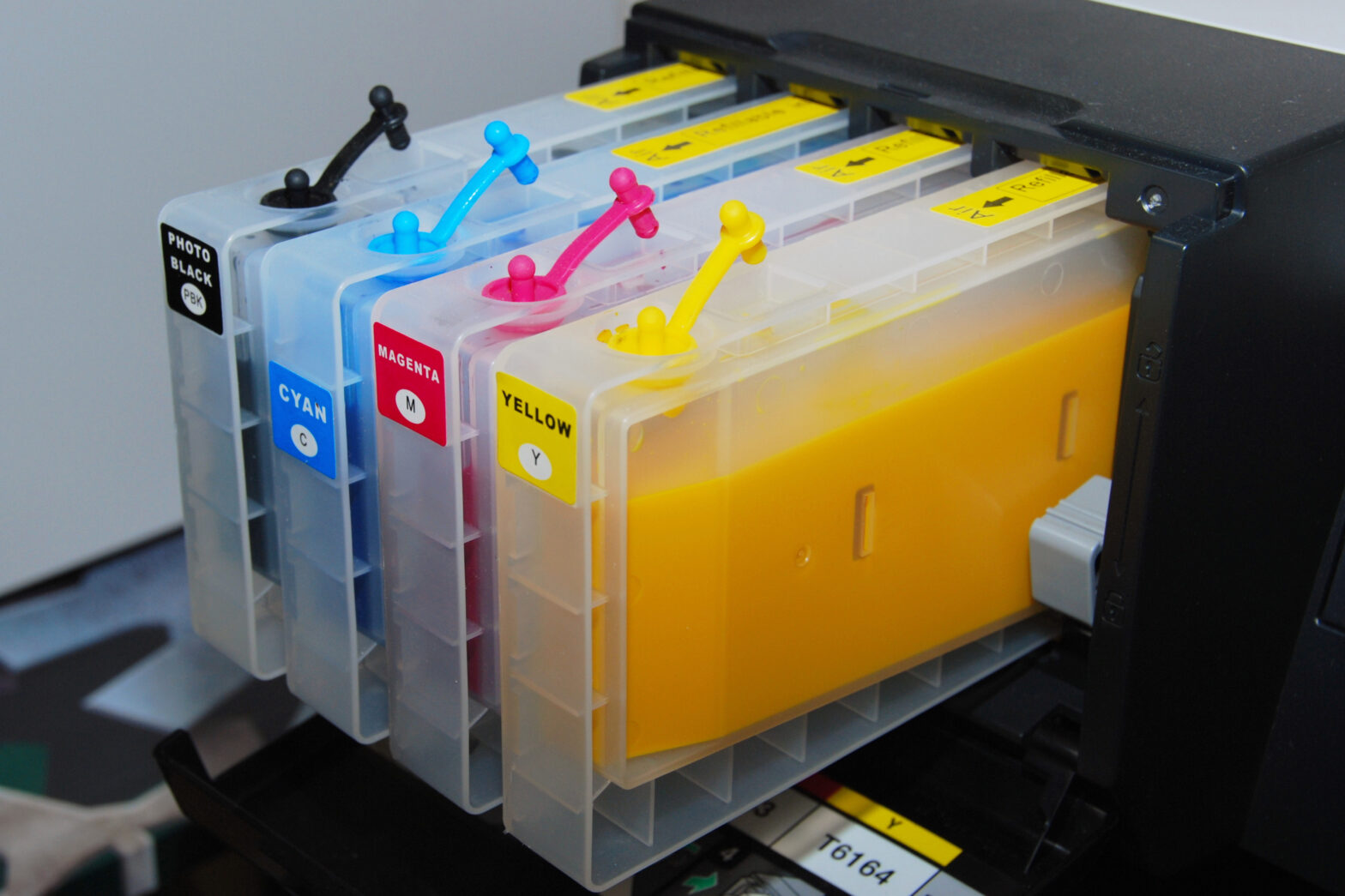On the way to the office this morning, did you stop for fuel? If so, you no doubt winced as the LCD ran up the total bill. But, what if we told you petrol or diesel aren’t the most expensive liquids you’ll use today. What if we said the ink in your business printer costs a whole lot more than the tank of fuel you bought this morning. Would you laugh, or more likely, cry? Well, the sad news is, this is absolutely true.
That’s right – printer ink is staggeringly expensive, two hundred times more expensive than oil to be precise. But you probably already knew that, given that a single replacement cartridge for a business printer can cost anywhere from £30 to £150.
Knowing this, we wager you’ll wince again when we tell you your printer wastes ink everyday. How? We asked the folks at Toner Giant to explain:
‘When it comes to ink wastage, there are a number of possible causes. Firstly, printers often carry out automated maintenance in which usable ink is used to flush and clean the print head. Secondly, some droplets of ink often dry on the exterior of the cartridge after use, resulting in wastage. Finally, ink simply evaporates from within the cartridge; a particularly common problem during periods of hot weather’.
So, what – if anything – can be done to reduce ink wastage? Sadly, not a great deal. There are, however, ways to curb ink use that will make a spot of wastage that bit easier to live with.
Change your font
We all have our favourite font, but did you know that some fonts use more ink, and thus cost more money, than others? As an example, Century Gothic will cost around £115 a year in business print costs, while Verdana will set you back £150. If you’re serious about cutting back on ink use, switch to Ecofont. Containing lots of tiny holes, this specially developed font is thought to use 25 per cent less ink than other typefaces.
Reduce print resolution
Every printer has a default print resolution, also known as the DPI (dots per inch). On purchase, printers are usually set to a maximum dpi of 600, but 300dpi is often sufficient for most everyday printing requirements. Though you’ll see a slight drop in quality, you’ll be rewarded with minimal ink use. Fiddle with your printer’s settings and find a resolution that’s right for you and your business.
Don’t print unnecessarily
During a busy at the office, it can be easy to hit print without thinking about what you’re printing – let alone if you actually require a hard copy. Before you send documents, webpages and e-mails to the printer, ask yourself: do I really need to print this? If the answer’s no, why not save a PDF copy to review later. If you do, use a tool like CleanPrint or alternatives to ensure you only print the content you need.
Switch to draft mode
God bless draft mode. For those not accustomed to this printer setting: draft mode speeds up the print process and uses less ink per page – thus saving up to 25 per cent more ink per print job. If you manage a small team, ask them to switch to draft mode each time they print and you’ll soon notice the benefits.
See also: Reducing office printing costs for your small company – Five straightforward ways to help your business reduce office printing costs.





